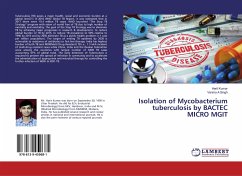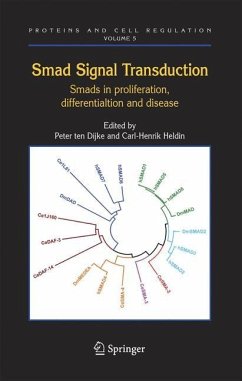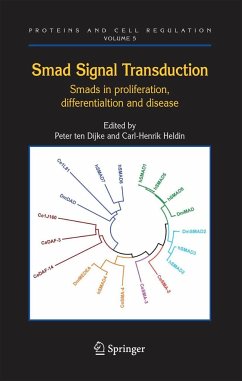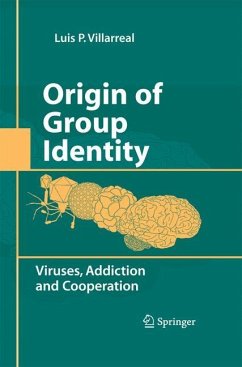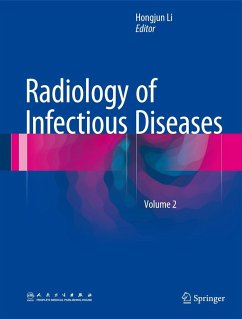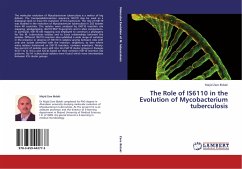
The Role of IS6110 in the Evolution of Mycobacterium tuberculosis
Versandkostenfrei!
Versandfertig in 6-10 Tagen
55,99 €
inkl. MwSt.

PAYBACK Punkte
28 °P sammeln!
The molecular evolution of Mycobacterium tuberculosis is a matter of big debate. The transposable/insertion sequence IS6110 may be used as a biological clock to trace the evolution of this bacterium. The role of IS6110 was studied in the evolution of Mycobacterium tuberculosis in 202 isolates from 40 countries. The isolates were analyzed by IS6110 insertion site mapping, spoligotyping, IS6110 RFLP fingerprints and in silico comparisons. In particular, IS6110 site mapping was employed to construct a phylogeny for the M. tuberculosis isolates and to trace relationships between the isolates. Diff...
The molecular evolution of Mycobacterium tuberculosis is a matter of big debate. The transposable/insertion sequence IS6110 may be used as a biological clock to trace the evolution of this bacterium. The role of IS6110 was studied in the evolution of Mycobacterium tuberculosis in 202 isolates from 40 countries. The isolates were analyzed by IS6110 insertion site mapping, spoligotyping, IS6110 RFLP fingerprints and in silico comparisons. In particular, IS6110 site mapping was employed to construct a phylogeny for the M. tuberculosis isolates and to trace relationships between the isolates. Different IS6110 insertion sites exhibited a wide range of variation in the presence or absence of IS6110 in isolates varying between sites with only one isolate identified with the insertion, singletons, to sites where many isolates harboured an IS6110 insertion, common insertions. Ninety-five percent of isolates were split into ten IS6110 cluster groups or lineages (ICG-1 to 8, ICG-a and ICG-b) based on their common IS6110 insertion site patterns. No M. tuberculosis isolates were found which were intermediate between ICG cluster groups.



